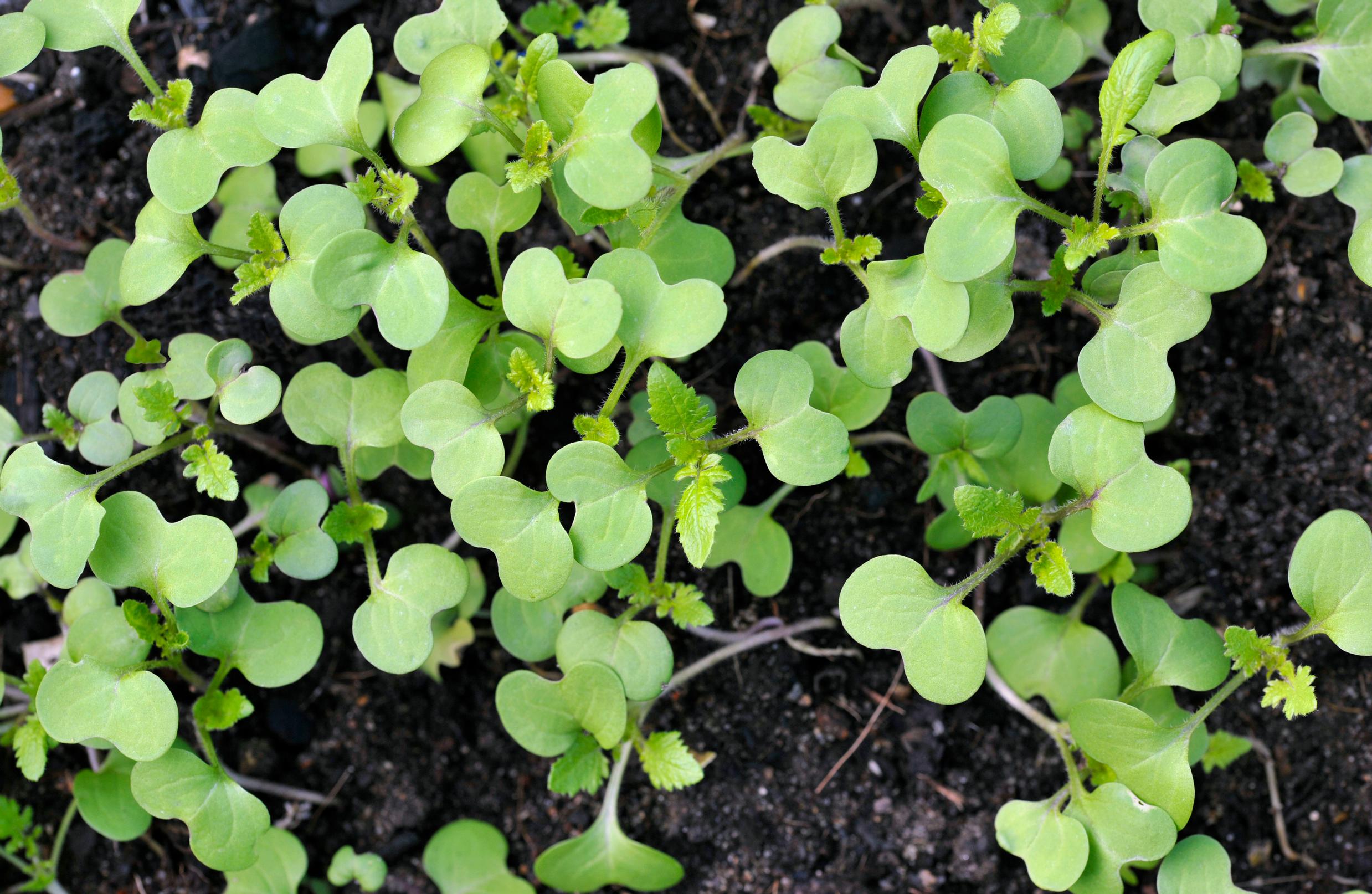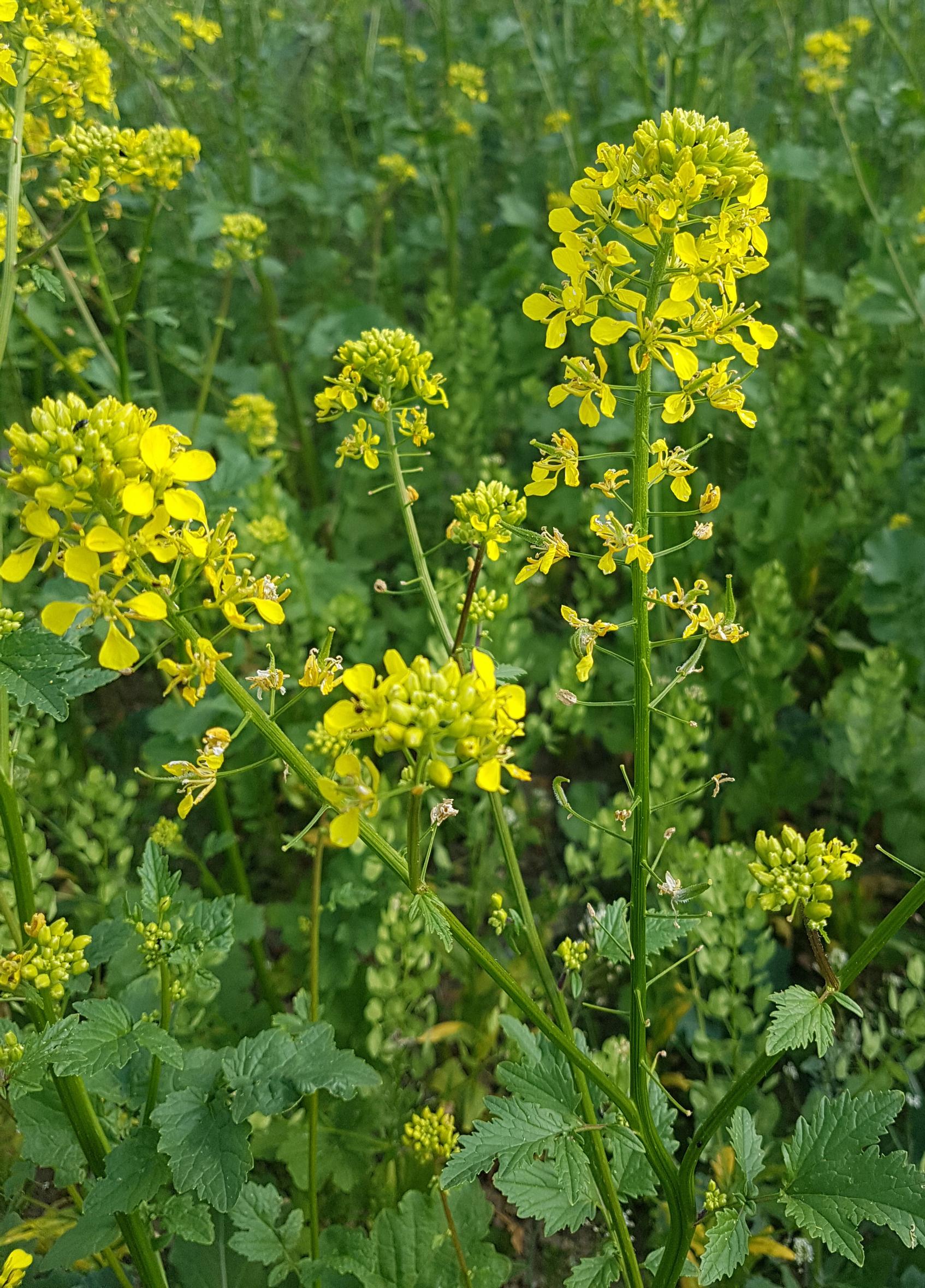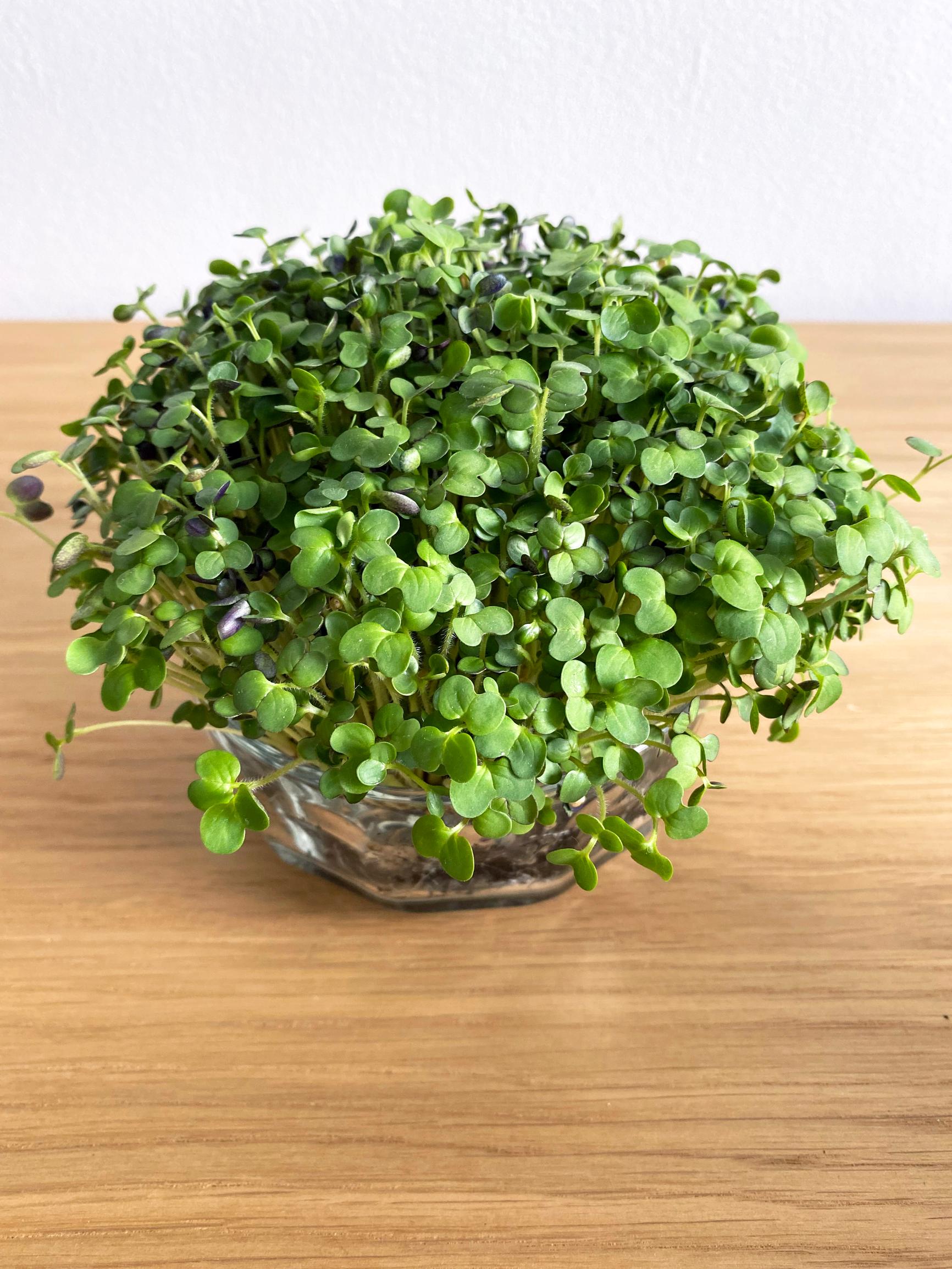
Mustard: a fast-growing spice you can sow until late summer
The sowing season for easy-care mustard continues until July or August, so you can harvest leaves well into autumn. Thanks to their quick growth, mustards are ideal for garden beds freed by an early crop, raised boxes, and pots.
Growing mustard: how to succeed
Sowing
To avoid the risk of flowering, sow sarepta and curly mustard varieties used as leafy greens in mid-summer. You can also sow seeds multiple times in spring and summer and harvest them before they bloom.
Growing medium
Prepare a water-retentive, limed, and moderately fertile bed for your mustards.
Cover the seeds to a depth of 0.5–1 centimeter (0.2–0.4 inches) and keep the seedbed moist. Prepare for flea beetles and other brassica pests by protecting seedlings with fleece or insect netting. Flea beetles can severely damage unprotected small seedlings.
Watering
Keep foliage thriving by watering. Dry conditions slow growth, intensify flavor, and speed up flowering.
Cutting
You can also cut entire rosettes of leaves by trimming the plant a few centimeters above the ground, so it produces new shoots.

Harvesting and use
If buds appear, harvest quickly. As flowering progresses, some varieties can become quite fiery. Varieties also differ in how readily they flower.
Start by picking small baby leaves and thinned seedlings, which are milder than larger leaves. Typically, you can harvest mini leaves about three weeks after sowing and larger leaves at around six weeks. Late sowings grow more slowly than those sown in spring or early summer.
Enjoy fresh leaves well into autumn. Mustards tolerate cold well, though each variety differs in cold hardiness.
Mustard varieties
- ’Osaka Purple’: This sarepta mustard’s leaves gradually turn burgundy and have a mildly spicy flavor.
- ’Bloody Mary’: This sarepta mustard has purple-red leaves with a slightly salty taste.
- ’Green in Snow’: A green-leaf sarepta mustard that is popular in China, where the roots are also used.
- ’Green Giant’: A green, large-leaf sarepta mustard that grows to around 40 centimeters (15.7 inches).
- ’Moutarde Rouge Metis’: An intensely red, frilly curly mustard with a moderately strong flavor.
- ’Frizzy Joe’: A bright green, frilly curly mustard with a mildly mustardy flavor.

Grow mustard sprouts too
- Mustard seeds are sold in portion sachets and seed mixes for sprouts and shoots.
- Yellow mustard (Sinapis alba) is an old, versatile plant that works well for green manure, attracting pests away from cabbages, and sprout growing. Its leaves taste tangy, and mustard is made from its seeds. Harvest the seed crop when the pods are dry and open easily.
- Black mustard (Brassica nigra) seeds are dark brown and give Dijon mustard its flavor. For a seed harvest, sow into warm soil in spring or early summer.


